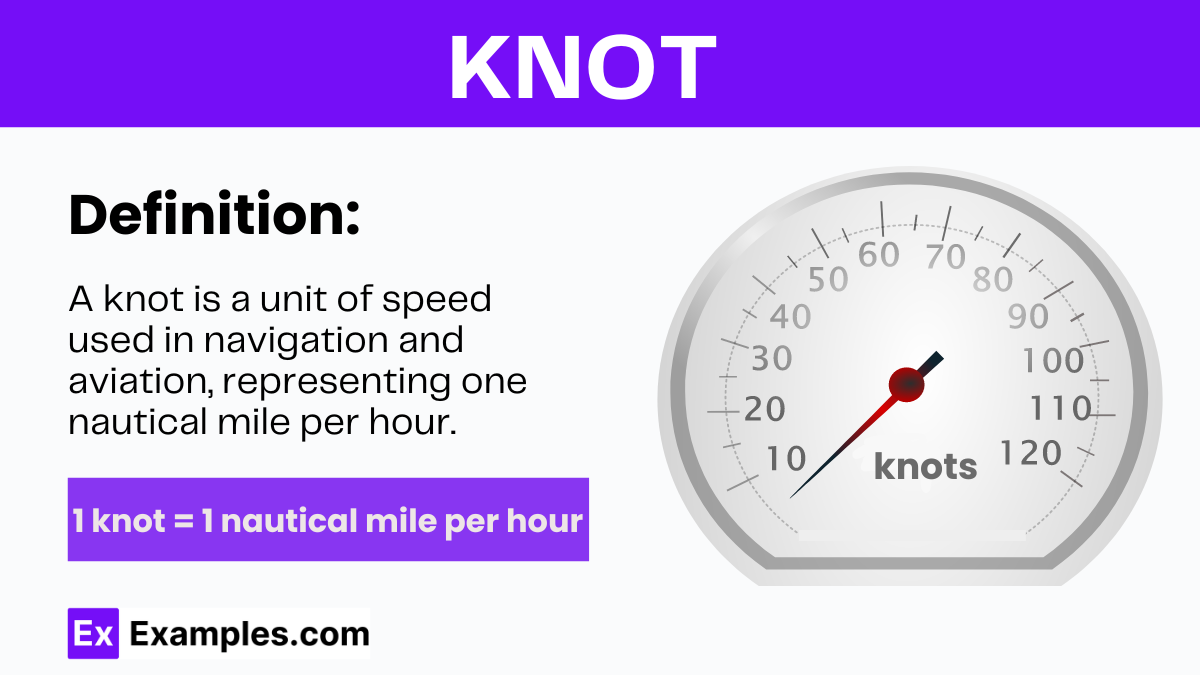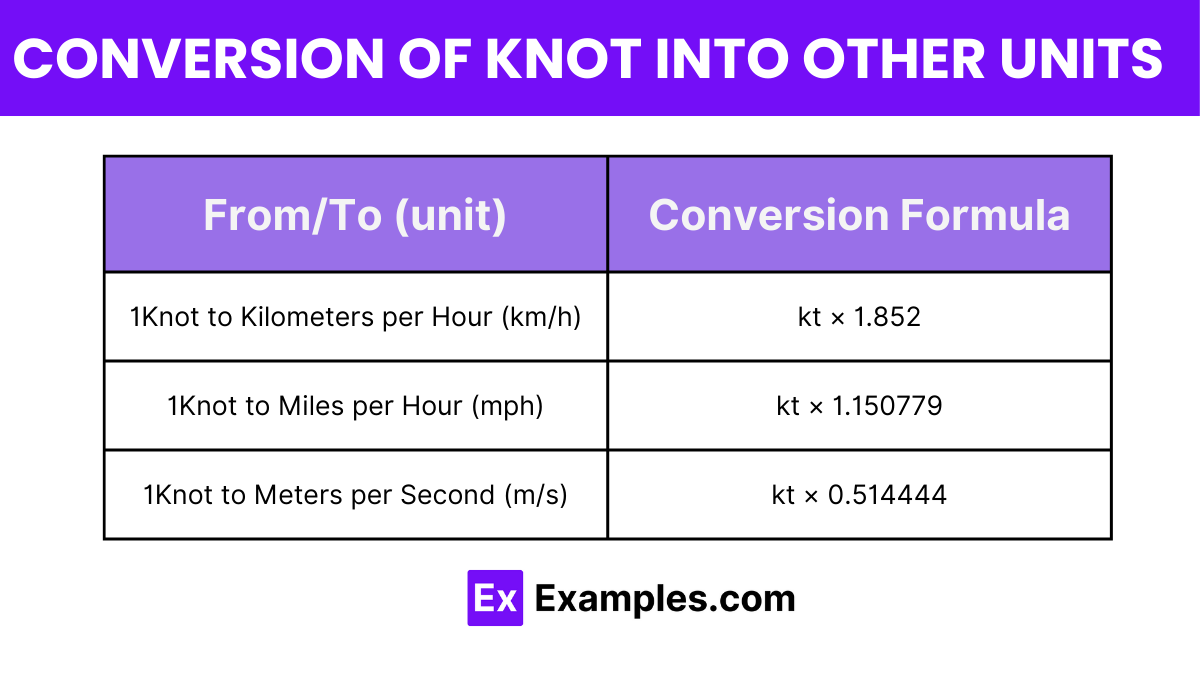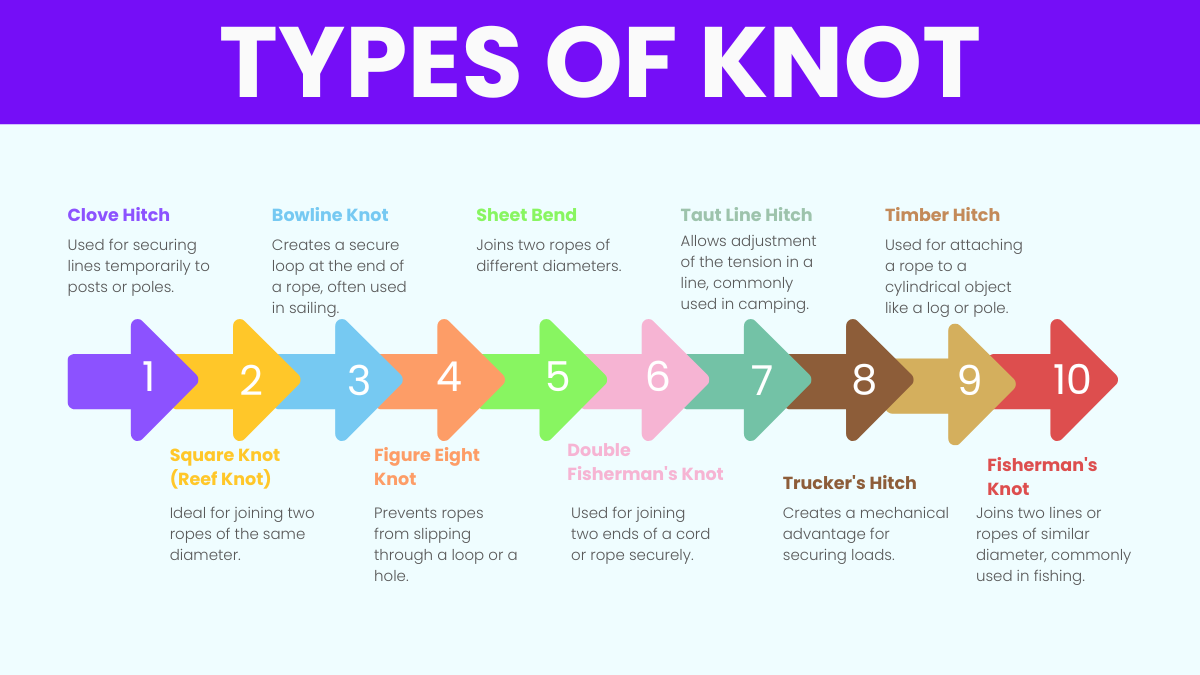What is the speed of one knot in nautical miles per hour?
1 nautical mile per hour
1.5 nautical miles per hour
2 nautical miles per hour
2.5 nautical miles per hour


The formula to convert knots to other units of speed is:
The symbol used to represent knots is “kn” or “kt“.

| From/To (unit) | Conversion Formula |
|---|---|
| 1Knot to Kilometers per Hour (km/h) | kt × 1.852 |
| 1Knot to Miles per Hour (mph) | kt × 1.150779 |
| 1Knot to Meters per Second (m/s) | kt × 0.514444 |
One knot, a unit of speed used in navigation, equals 1.852 kilometers per hour (km/h). It represents the speed of one nautical mile per hour, commonly used in maritime and aviation contexts.
One knot, a unit of speed in navigation, equals approximately 1.150779 miles per hour (mph). It’s commonly used to measure the speed of vessels and aircraft relative to the water or air.
One knot, a unit of speed commonly used in navigation, is equivalent to approximately 0.514444 meters per second (m/s), representing the speed of one nautical mile per hour.

Common knots include the square knot, bowline, clove hitch, figure-eight knot, and sheet bend.
The choice of knot depends on factors such as the type of rope, the intended use, and the load it will bear. Researching specific knots for your activity is advisable.
Knots have various applications, including sailing, camping, climbing, fishing, boating, and rescue operations.
Yes, knots are often categorized based on their specific function, such as binding, loop, stopper, and hitch knots.
Text prompt
Add Tone
10 Examples of Public speaking
20 Examples of Gas lighting
What is the speed of one knot in nautical miles per hour?
1 nautical mile per hour
1.5 nautical miles per hour
2 nautical miles per hour
2.5 nautical miles per hour
How many knots are equivalent to 10 nautical miles per hour?
5 knots
10 knots
15 knots
20 knots
Convert 5 knots to miles per hour.
5.75 mph
6.25 mph
5.75 mph
5.80 mph
If a ship is traveling at 20 knots, how many nautical miles will it cover in 2 hours?
30 nautical miles
40 nautical miles
50 nautical miles
60 nautical miles
What is the equivalent of 1 knot in kilometers per hour?
1.5 km/h
1.85 km/h
2.0 km/h
2.5 km/h
If an aircraft travels at 250 knots, how many miles per hour is it traveling?
280 mph
287.5 mph
290 mph
300 mph
How long will it take a boat traveling at 12 knots to cover a distance of 48 nautical miles?
2 hours
3 hours
4 hours
5 hours
What is the speed of 30 knots in miles per hour?
32.5 mph
33.5 mph
34.5 mph
35.5 mph
How many knots are equivalent to 100 nautical miles per hour?
95 knots
100 knots
105 knots
110 knots
Convert 8 knots to miles per hour.
8.5 mph
9 mph
9.2 mph
9.5 mph
Before you leave, take our quick quiz to enhance your learning!

